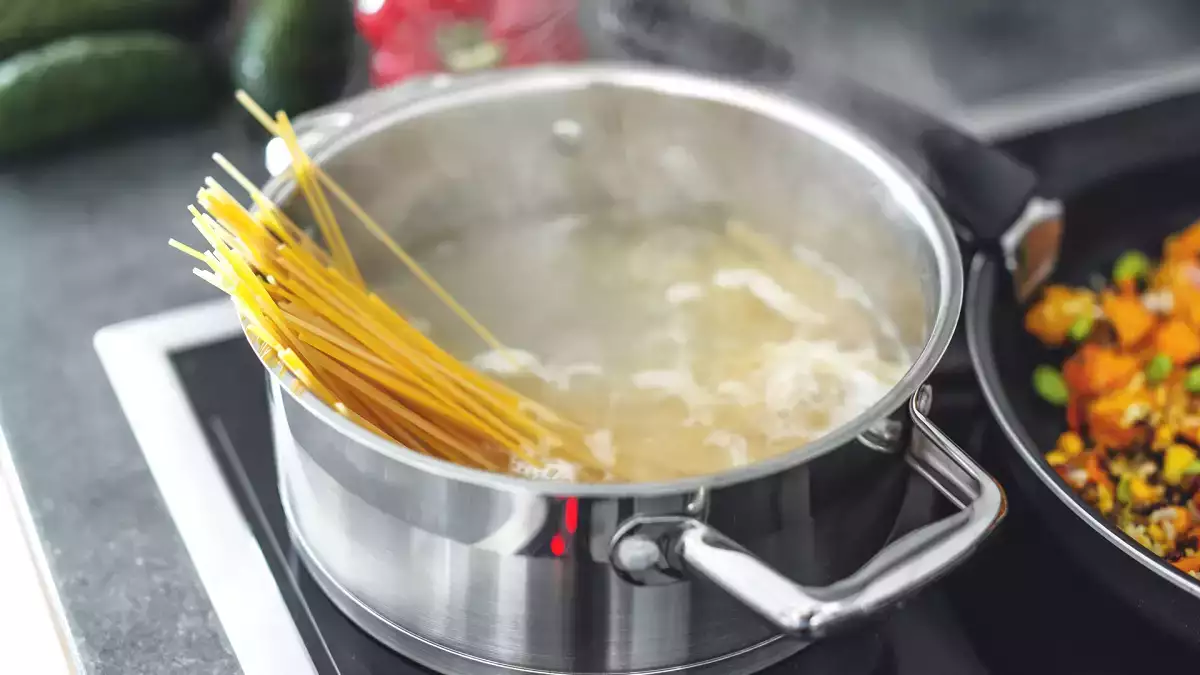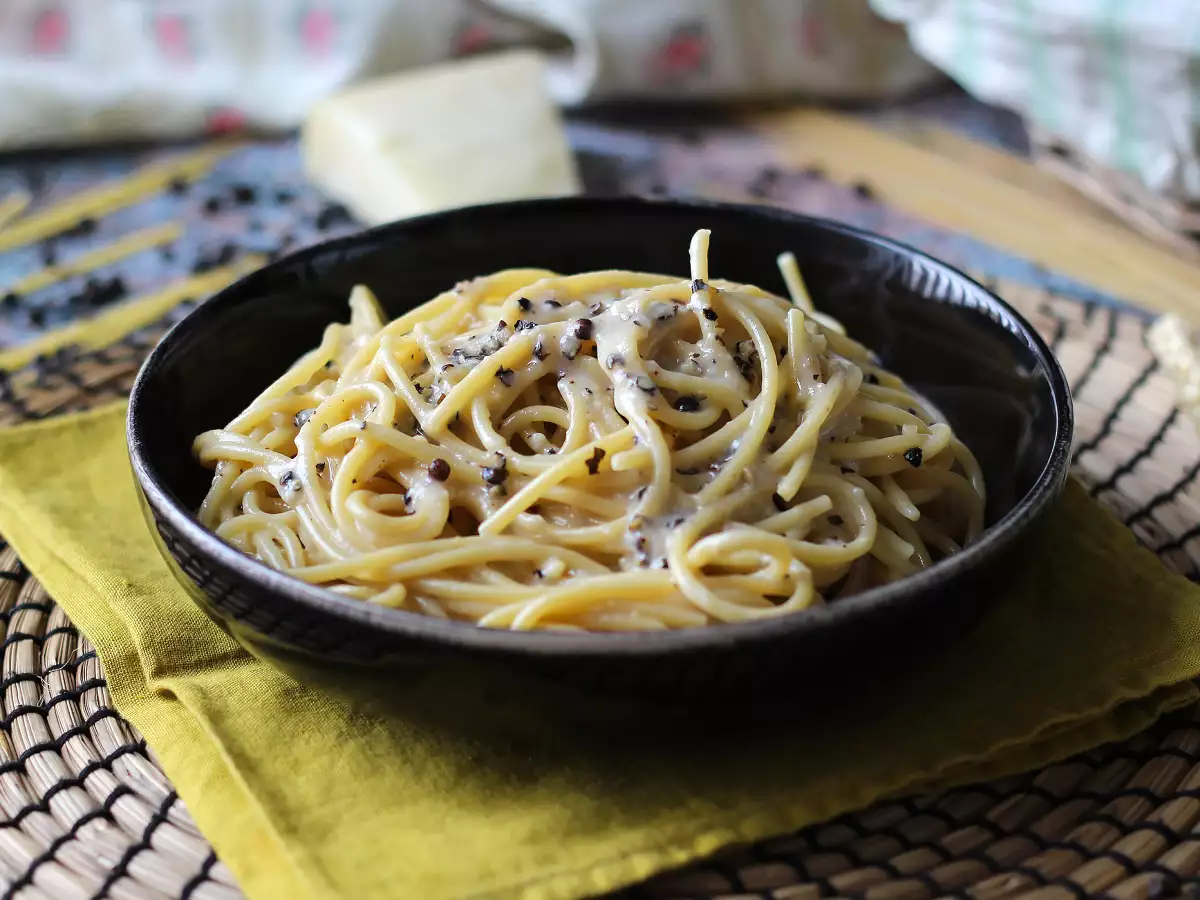Everyone talks about pasta water… but few know why it’s the key to a restaurant-quality dish

Why does everyone say not to throw away pasta water? In recent years, pasta cooking water, rich in starch and already salted, has gone from "waste" to a secret ingredient mentioned by star chefs, food creators, and traditional and contemporary cooking enthusiasts. In this article we will find out why everyone is talking about it, what its real uses are, and how to make the most of it in the kitchen!
What is really pasta cooking water?
Cooking water is the salted water used to boil pasta. During boiling, pasta releases starch that disperses into the liquid, making it slightly viscous. This characteristic turns it into a valuable ally in the kitchen: it is perfect for creating emulsions, thickening sauces, and better binding sauces to pasta.
Main features:
- Contains starch: works as a natural binder, making sauces creamier and smoother.
- Is salty: enhances the flavor of preparations without the need to add additional salt.
- Is hot: maintains the temperature of the sauces and helps prevent the pasta from cooling too quickly.
This combination makes it a true technical resource in the kitchen, used since time immemorial in Italian cuisine, but now rediscovered in international gastronomy as well.
Why it should not be thrown away: the real uses of pasta water
Binding of condiments
The most well-known and widespread use is to bind pasta with the sauce. The starch in the water makes it possible to create an even cream without adding cream or other fats.
Risotto pasta
Increasingly popular is the method of "risotto pasta", that is, drained halfway through cooking and finished directly in the pan with the sauce, adding water a little at a time as is done with rice.
Emulsifying sauces and gravies
In many preparations (from carbonara to pesto), adding a ladle of cooking water allows you to create stable emulsions, making the sauce more enveloping without separating the fatty and liquid parts.
Cook and regenerate other foods
Water can be reused to blanch vegetables, cook rice, or reheat ready-made dishes, saving resources and giving a flavor boost.
Bread and focaccia doughs
Some bakers (especially in the home) use cooking water, now cooled, to knead flatbreads or rustic breads. Starch and salt help improve texture and flavor.
5 dishes in which cooking water is a key ally
1. Cacio e pepe
The starch in the cooking water allows for a perfect emulsion between grated cheese and black pepper, preventing the seasoning from separating.
2. Pasta alla gricia
Using the cooking water helps to dissolve the pecorino without creating lumps, ensuring a creamy and uniform consistency.
3. Pasta al pesto
A small amount of cooking water is used to dilute and bind the pesto to the pasta without altering its fresh, aromatic flavor.
4. Pasta carbonara
Adding cooking water to the egg and pecorino mixture can adjust the creaminess of the sauce, preventing it from turning into an omelet.
5. Spaghetti with clams
The starch in the water helps to amalgamate garlic, oil and white wine, creating a flavorful, well-bonded sauce.
Cooking water: the secret ingredient in cooking
Often overlooked, pasta cooking water is a real wild card: cheap, sustainable and rich in starch, it improves texture and flavor, making any dish creamier and more bound. All it takes is a pinch of technique to turn a simple recipe into something special. Remember: you don't throw it away, you use it.
Want to try it in a preparation where it plays a starring role? Discover the perfect cacio e pepe recipe:
 Daniele Mainieri
Daniele Mainieri
Comments